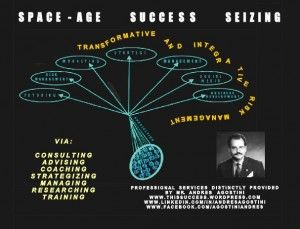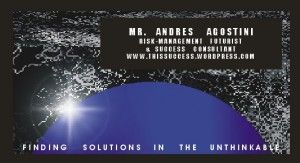Feb 17, 2014
The Future of Omniscient Scenario-Planning Methodology, Today! By Mr. Andres Agostini
Posted by Andres Agostini in categories: big data, complex systems, computing, economics, education, energy, engineering, existential risks, finance, futurism, geopolitics, information science, innovation, military, physics, science, security, supercomputing, transparency
The Future of Omniscient Scenario-Planning Methodology, Today! By Mr. Andres Agostini
This is a personal yet summarized and copyrighted P.O.V. that is professional, thorough and complete. This independent exploration is based on 30 years of stern practical experience and expertise.
When I was 25 I was fully introduced and indoctrinated on worldwide Royal Dutch Shell’s scenario-planning methodology by Shell’s nationalized company Maraven. That introduction and indoctrination came through the kind deeds and executive decision of and by Maraven President, Dr. Carlos Castillo and the high-ranking strategic planners under his command.









